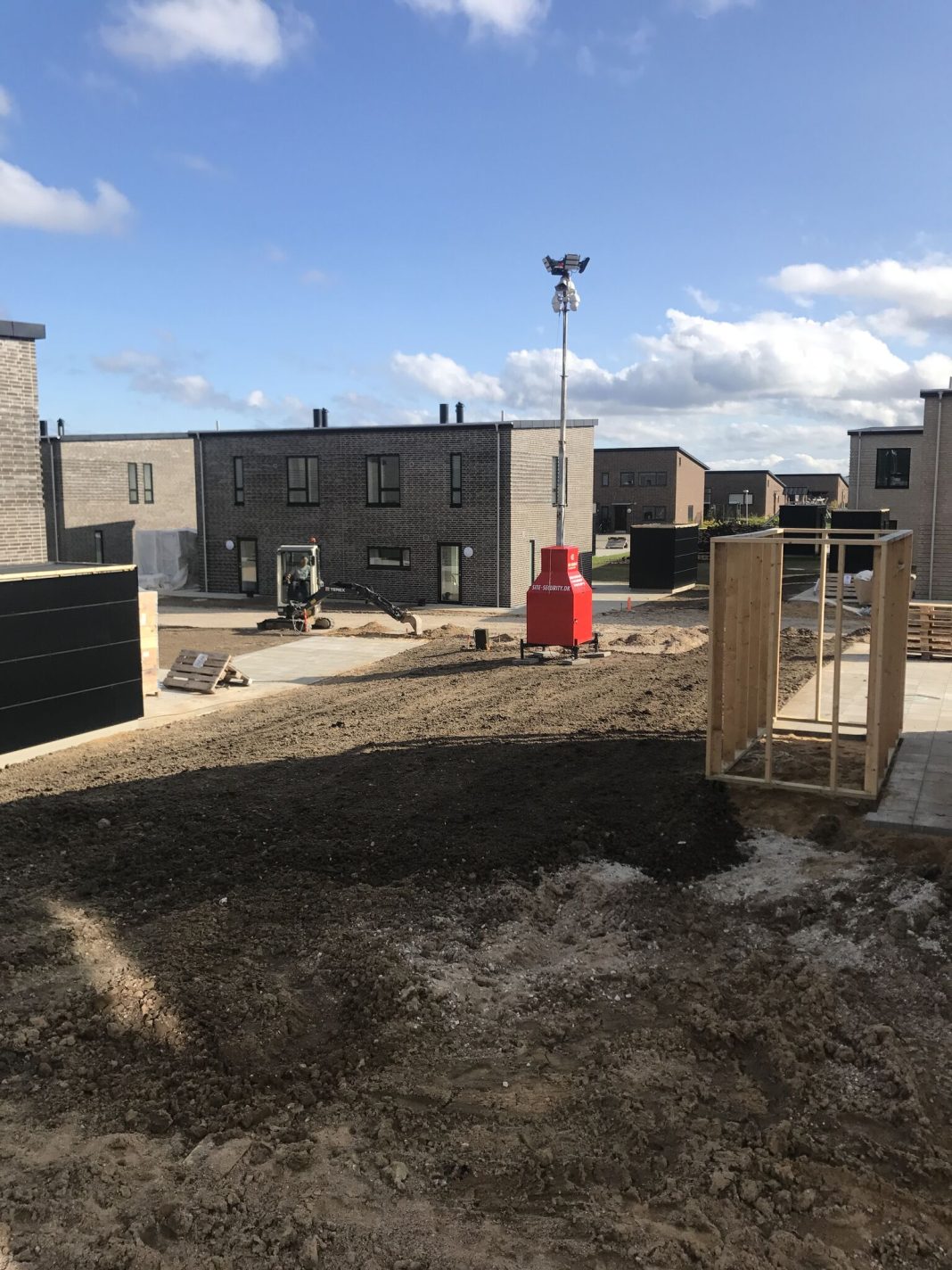The realm of surveillance has witnessed a paradigm shift with the advent of Mobile CCTV, a groundbreaking technology that brings unprecedented flexibility and adaptability to security systems. This article explores the intricacies of Mobile CCTV, unraveling its unique features, diverse applications, and the transformative impact it has on on-the-move surveillance.
I. The Genesis of Mobile CCTV:
A. Definition and Evolution: Mobile Closed-Circuit Television (CCTV) is a dynamic surveillance solution characterized by its ability to move and adapt to changing environments. Evolving from traditional fixed CCTV setups, mobile units incorporate advanced technologies to redefine the landscape of surveillance.
B. Key Components: Mobile CCTV systems are equipped with a range of components, including cameras, communication devices, power sources, and often, intelligent analytics. These components work in harmony to provide real-time monitoring and data transmission capabilities on the move.
II. The Technological Marvels of Mobile CCTV:
A. Rapid Deployment: One of the hallmark features of Mobile CCTV is its ability for rapid deployment. Unlike fixed CCTV installations, mobile units can be quickly transported and set up in various locations, making them invaluable for events, emergencies, and temporary security needs.
B. Pan-Tilt-Zoom (PTZ) Capabilities: Mobile CCTV often incorporates cameras with Pan-Tilt-Zoom (PTZ) capabilities. This technology allows operators to remotely control the camera’s movement, enabling dynamic surveillance and detailed monitoring of specific areas.
III. Applications Across Varied Environments:
A. Event Security: Mobile CCTV is a game-changer in event security, providing a mobile surveillance infrastructure for concerts, sports events, and public gatherings. The ability to adapt to the event’s dynamics and cover expansive areas enhances crowd management and overall security.
B. Construction Site Surveillance: Construction sites, characterized by their ever-changing landscapes and valuable equipment, benefit significantly from Mobile CCTV. These units can be strategically positioned to monitor construction progress, deter theft, and enhance safety on-site.
IV. The Mobility Advantage:
A. Vehicle-Mounted CCTV: Mobile CCTV often takes the form of vehicle-mounted systems. These units can be installed on cars, trucks, or specialized surveillance vehicles, allowing for on-the-move monitoring of specific routes or areas.
B. Temporary Security Solutions: The adaptability of Mobile CCTV makes it an ideal solution for temporary security needs. Whether securing a temporary construction site, monitoring a special event, or responding to emergencies, mobile units provide an agile and effective surveillance solution.
V. Future Trends and Innovations:
A. Autonomous Mobile Surveillance: The future of Mobile CCTV holds promises of autonomous surveillance units. Integrating artificial intelligence and automation, these units could navigate predefined routes, analyze data, and respond to security incidents without human intervention.
B. 5G Integration: As 5G technology continues to expand, Mobile CCTV is poised to benefit from enhanced connectivity and faster data transmission. This evolution will further elevate the real-time monitoring capabilities of mobile units.
Conclusion:
Mobile CCTV emerges as a revolutionary force in the surveillance landscape, offering unprecedented mobility, adaptability, and real-time monitoring capabilities. From enhancing event security to safeguarding construction sites, the applications are diverse and transformative. As technology continues to advance, Mobile CCTV is set to redefine the standards for on-the-move surveillance, ensuring a safer and more secure future.










